Safety Nets and the Polar Vortex
 Print This Post
Print This Post
By Mike Morris, NCAT Southwest Regional Director
I’m still trying to wrap my head around the polar vortex that hit the United States in mid-February: leaving people in Texas without power for up to two weeks, coming within five minutes of crashing the entire Texas power grid, and devastating farms and ranches across the state, including some good friends of mine. It was a “teachable moment” for sure, offering lessons about climate disruption and power industry deregulation among other things. As someone who spent several years working on improving crop insurance for organic farms, the storm also got me thinking about safety nets: who has them and why some people don’t.
It’s easy to forget that the term “safety net” originally referred to actual nets used in circuses to catch falling high-wire or trapeze artists. In the case of agriculture, this is a pretty good analogy because farming is inherently risky and requires courage, artistry, awareness, and skill. A single misstep can definitely cause ruin.
When the polar vortex hit Texas, citrus harvesting had begun, vegetable crops were planted in some parts of the state, and calving season was underway, leaving newborn cattle exposed to the storm. At least half of the Texas citrus crop was ruined and vegetable and livestock losses combined were over $400 million. Many citrus growers had crop insurance, but most vegetable and livestock producers did not.
You may be as shocked as I was to learn that crop insurance options for vegetable farmers are so limited. For example, in the 254 counties of Texas, there’s only one county (Hidalgo) where you can buy cabbage insurance. And there’s no place in Texas—or anywhere else in the United States for that matter—where you can buy a crop insurance policy specifically for broccoli, carrots, lettuce, spinach, cauliflower, squash, or most other common vegetables. Crop insurance covers 95% of the market value of corn grown in America but only about a third of the market value of vegetables.
Incidentally, the problem of limited insurance options for so-called “specialty crops” (defined by the USDA as “fruits, vegetables, tree nuts, dried fruits, horticulture, and nursery crops”) disproportionately harms organic producers because so many of them grow these crops. Specialty crops account for three quarters of the total value of U.S. organic production.
The big problem with creating crop insurance policies for specialty crops is that there are hundreds of these crops and they can be grown in many parts of the country. Merely collecting the price and risk data needed to create insurance policies for all these crops would be prohibitively expensive. For this reason, only a few dozen specialty crops currently have their own insurance policies: a seemingly random list that includes carambola trees, clary sage, pumpkins, figs, and several kinds of tobacco.
If you’re reading this blog, you’ve probably heard about Whole-Farm Revenue Protection (WFRP), a relatively new type of insurance that insures a farm’s total revenue based on its historic revenue. You can theoretically insure just about any crop or combination of crops with WFRP, and for many vegetable farmers and organic farmers, it’s the only good insurance option. WFRP is definitely not for everyone, but for those who can navigate the somewhat complex application process, WFRP provides excellent crop insurance.
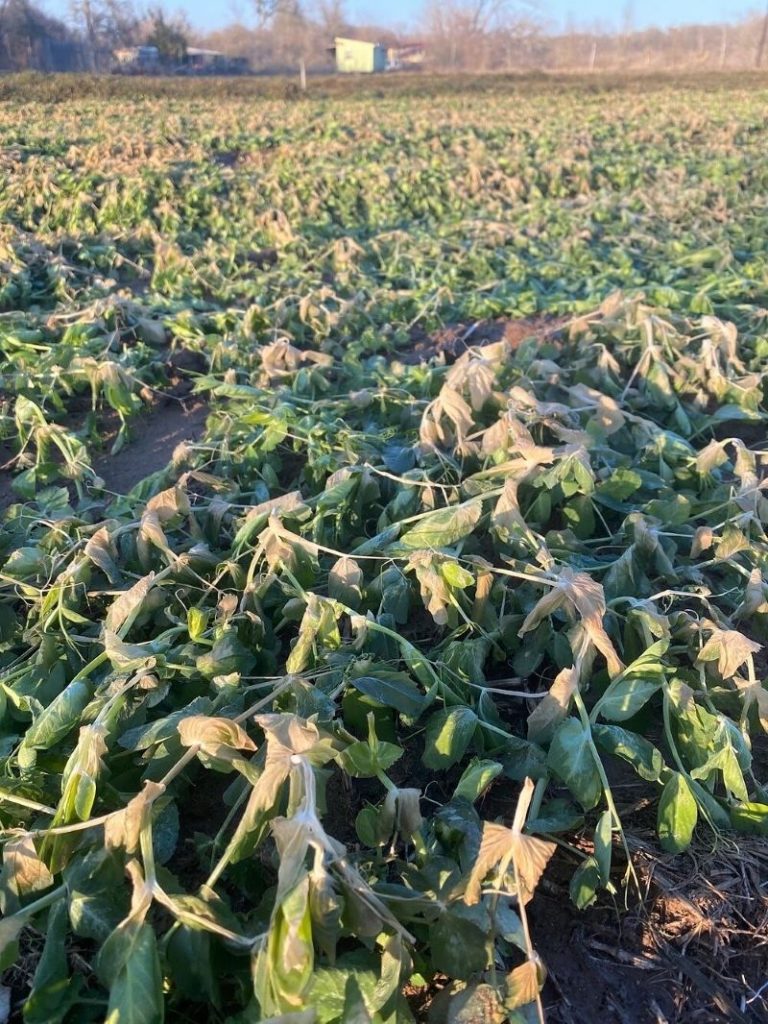
Photo: Middle Ground Farm
WFRP has been available in Texas since 2015. Every vegetable farm in the state could theoretically have bought it for the current crop year, and many livestock producers, too. But here’s a real tragedy: just two WFRP policies were sold in Texas for the current (2021) crop year, a decline from the mere five policies sold in 2020. Translation: Much of the harm to the state’s vegetable and organic producers was avoidable. Many who fell could have had a safety net.
ATTRA, the National Sustainable Agriculture Coalition, and many other groups have been promoting awareness of WFRP for years. What happened in Texas shows me is that our work is far from done. Hardly anyone in Texas has been buying WFRP in recent years, which isn’t too different from the rest of the country: WFRP purchases are low almost everywhere.
I hope this polar vortex will be a “teachable moment,” causing us to learn why so few are buying WFRP, eliminate those barriers, and making sure that vegetable farms, diversified farms, and organic farms all know that a safety net is available to them at a reasonable cost.
If you’re a vegetable farmer, an organic farmer, a livestock producer, or a diversified farmer, I hope you’ll look into WFRP. You’ll find many excellent resources on the crop insurance page of the ATTRA website.
And if you’re interested in improving the crop insurance system, read our report Is Organic Farming Risky? Improving Crop Insurance for Organic Farmers, where we made 19 recommendations for improving crop insurance for organic farms. If you read the report drop me a line. I’d be interested to know what you think.
You can contact Mike Morris directly at mikem@ncat.org for more information.
Please complete a brief survey to let us know your thoughts about the content of this blog.


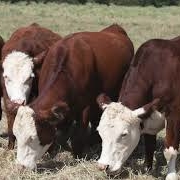

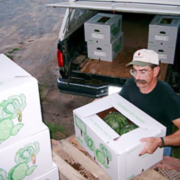

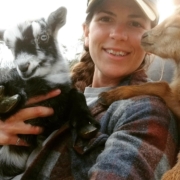

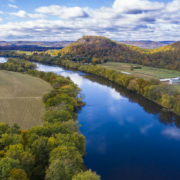 USDA
USDA


